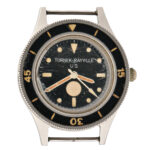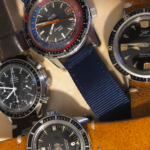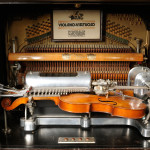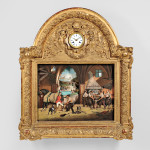
Though the form still flourishes today, what we now consider vintage “tool” watches were produced from the 1950s to 1970s—their inherent artistry, engineering, and layout led to use at great depths, heights, pressure, speed—all manner of expedition or adventure.
When assessing today’s buyers’ views on vintage “tool” watches, whether a Rolex “James Bond” reference 5508, Zodiac Stainless Steel “Sea Wolf” Reference 722-946B, or a Rolex GMT Master II Reference 16710, never mind the myriad other makers and references that exist, it is interesting to note two sides to the value coin: patina vs.… Read More




